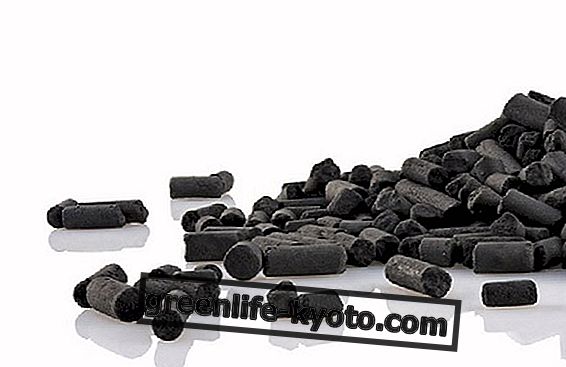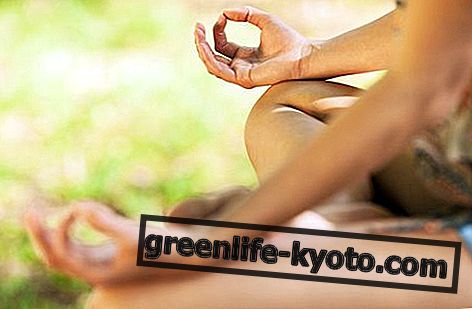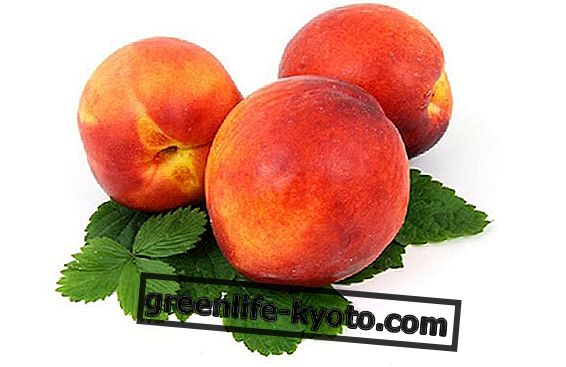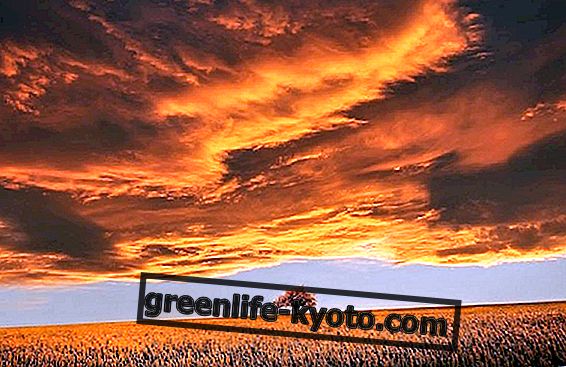
The breath of meditation
Breathing and meditation are two concepts that are inextricably linked. The term respiration means the exchange of gas - oxygen and carbon dioxide - achieved between the organism and the external environment . During this exchange, nerve impulses stimulate the contraction of the diaphragm which consequently changes shape. The dome of the diaphragm flattens and thus elongates the thoracic cavity. The contractions of other muscles raise the rib cage, making it wider and deeper.
Meditation aims to slow down mental movement to the point where the gap between two successive thoughts can begin to be perceived and recognized by the practitioner. Generally speaking, breathing during meditation is used to calm the mind and develop inner peace. This meditative breath can be used alone or as a preliminary practice to reduce distractions before starting a meditation session.
Let's see how to breathe meditating
During meditation, the practitioner focuses on the movement of the abdomen during inhalation and exhalation. It is important that meditation breathing is not altered or intentional, but remains simple and fluid. The end of each exhalation must, in a very natural way, imply a slight pause . It is important not to block the pause after exhalation, but to leave it floating to prevent the abdomen from stretching and ending up causing wheezing. The practitioner must also take care not to let himself sink into a state of subtle lethargy during the pause that follows the exhalation.
Usually, during the pause after exhalation, one feels a certain tranquility that resonates in the mind; in inspiration itself, thoughts tend to become agitated again. One must learn to take advantage of this little respite from the mind in the pause following the exhalation and not allow it to resume its agitated movement during the next inhalation.
The breathing and meditation exercise
Let's try to breathe naturally, through the nostrils ; the goal is to become aware of the sensation of our breath as it enters and leaves the nostrils. This feeling is the object of meditation . The goal is to focus completely on it, excluding everything else. At the beginning, our mind will be restless and engaged by different thoughts. This is because we are becoming more aware of how stressed our mind is.
We will be tempted to follow the thoughts that arise unconsciously, but it is important to resist, letting them go, returning to focus on the sensation of the breath . If we realize that our mind has moved away and is following those thoughts, we must immediately go back to focusing on the breath. By doing even 10-15 minutes a day of meditative breathing, we will be able to greatly reduce our stress level. This is the samatha meditation of the Buddhist school.
Teacher's teaching
In the Yoga-Sutras, Patanjali describes the eight phases of the development of the mental body, through the practice, as a daily attitude, of yoga. One of these phases, pranayama, is the essential means for this purpose, to be able to control the breathing of meditation. This method, which consists in consciously regularizing the breath, is so important that pranayama is the obligatory preliminary stage of every Hindu ritual. In pranayama, Patanjali sees a very effective means of mastering the mind and making it fit for concentration, since, well conducted, it has the property of neutralizing thought and dissolving bulky subliminal impressions. With his words, " the retention of vital breaths allows the mind not to oscillate ".













